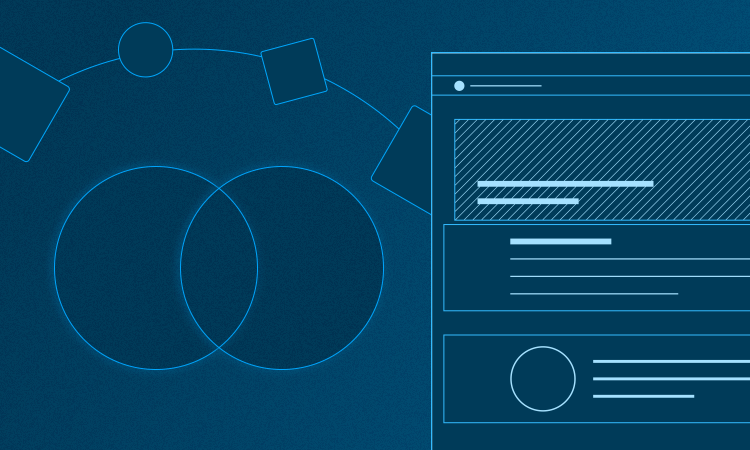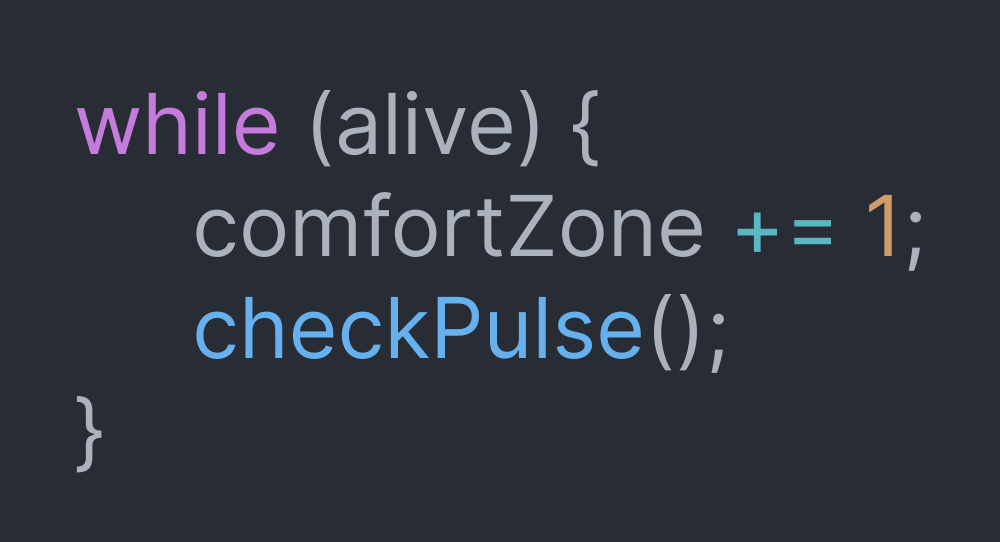When embarking on a complex development project, clients often wonder about the roles and responsibilities of their vendor’s team members, particularly the Project Manager (PM) and the Product Owner (PO). These two roles are critical to a project’s success, yet they serve two distinctly different purposes. The PM ensures smooth execution by managing timelines, resources, and budgets to keep the project on track. Meanwhile, the PO focuses on the product’s vision, aligning it with the client’s business goals and end-user needs. Understanding the differences between these roles and how they work together is key to maximizing the success of any project.
At first glance, the roles of the PM and PO may seem to overlap, but they bring complementary strengths to the table. The PM takes charge of the operational side of the project, ensuring all logistical aspects are in order. This includes managing the team, tracking progress, and maintaining budgetary control. On the other hand, the PO plays a strategic role, ensuring that the product aligns with the client’s long-term vision and delivers the best possible value to end-users. By clearly defining the roles of the PM and PO, clients can trust that their project is being guided both efficiently and strategically.
The Savas Project Manager is primarily responsible for ensuring the project stays on schedule, within budget, and meets predefined milestones. Their role involves coordinating with various teams—such as design, development, and quality assurance—to ensure smooth collaboration throughout the project. They also anticipate and mitigate risks, ensuring that any obstacles are addressed before they impact the project. For clients, having a dedicated PM provides reassurance that they will receive regular updates on progress and that any necessary adjustments will be made promptly to keep the project on track.
In contrast, the Savas Product Owner focuses on shaping the direction of the product itself. Acting as the voice of the stakeholders and end-users, the PO ensures that each feature aligns with the client’s business goals and user expectations. They manage the product backlog, prioritize features, and work closely with the development team to clarify requirements. While the PM focuses on operational efficiency, the PO ensures that the product continues to evolve in line with market needs and delivers long-term value. For clients, this means having someone dedicated to steering the product’s overall direction and ensuring it adapts to any changes in the business landscape. Explore our product development efforts with outdoor lifestyle brand Yonderlust to discover more about our process!
The collaboration between a PM and a PO ensures that the project's execution and the product's strategic direction are equally prioritized. While the PM ensures deadlines are met, resources are managed efficiently, and risks are minimized, the PO safeguards the product’s vision, ensuring it stays aligned with the client’s objectives and market demands. This balance significantly increases the likelihood of delivering a product that meets important deadlines, resonates with end-users, and provides value over time.
This dual approach of having both a PM and a PO on the project brings numerous benefits to clients. By dividing responsibilities—one focusing on day-to-day management and issue resolution and the other on maintaining strategic alignment—clients are less likely to encounter misalignment between project execution and product goals. This partnership ensures that the project is delivered on time, within scope, and meets both the short-term operational targets and the long-term business vision.
Ultimately, the synergy between a PM and a PO offers clients a more comprehensive and balanced approach to managing complex development projects. This collaboration leads to better outcomes, fosters stronger partnerships between clients and the Savas team, and provides confidence that both immediate and long-term goals are being addressed effectively.








